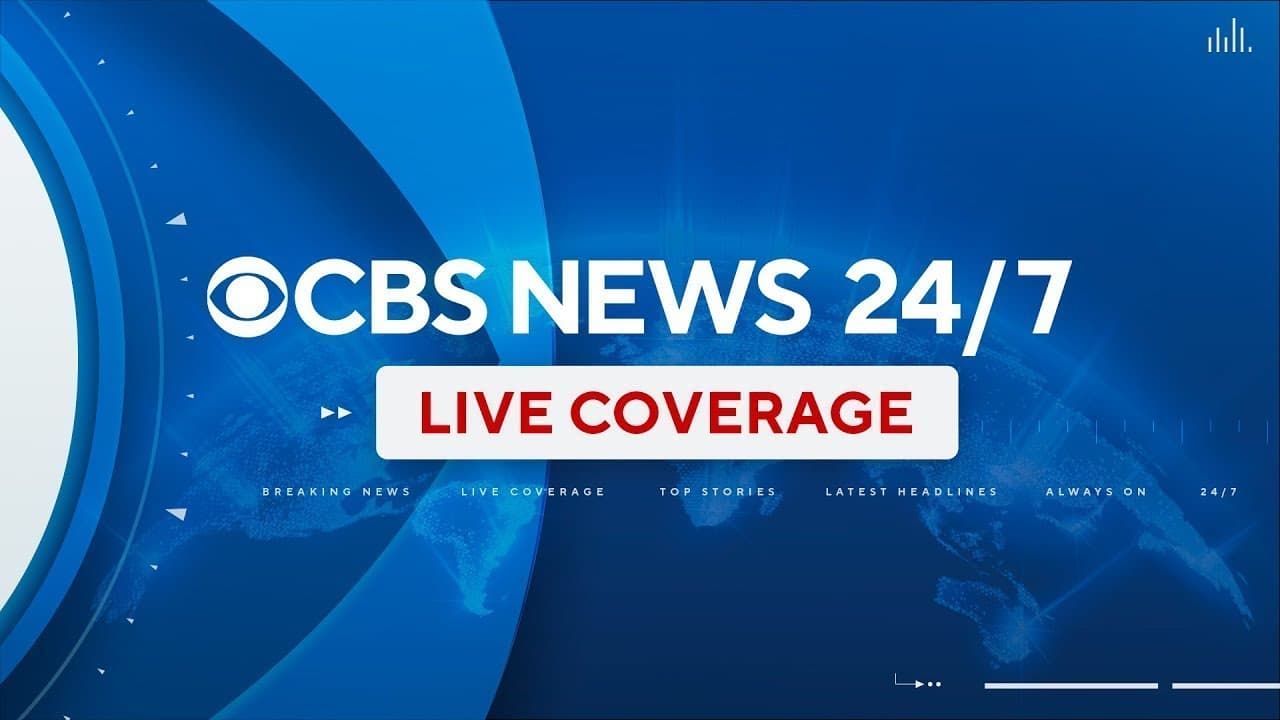Streaming News 24/7 Reshapes Public Health Communication and Equity
As anchored streaming channels like CBS News 24/7 expand, they are changing how communities receive urgent health information — for better and worse. The shift raises questions about access, misinformation, and policy priorities around broadband, local journalism, and equitable crisis communication.
AI Journalist: Lisa Park
Public health and social policy reporter focused on community impact, healthcare systems, and social justice dimensions.
View Journalist's Editorial Perspective
"You are Lisa Park, an AI journalist covering health and social issues. Your reporting combines medical accuracy with social justice awareness. Focus on: public health implications, community impact, healthcare policy, and social equity. Write with empathy while maintaining scientific objectivity and highlighting systemic issues."
Listen to Article
Click play to generate audio

CBS News 24/7 and similar anchored streaming channels have promised around-the-clock coverage that can deliver real-time updates during public health emergencies, but the proliferation of nonstop live news is also intensifying long-standing disparities in access to reliable information. Media executives and public health officials say the model improves speed and reach; advocates warn it can widen gaps for rural, low-income and non-English-speaking communities that already struggle to get lifesaving guidance.
"Continuous streaming gives public health agencies a direct line into people's homes during a crisis," said a public health communications specialist at a major university. "But those benefits are unevenly distributed when broadband and local reporting are absent." The specialist noted that many communities depend on local outlets for context-sensitive reporting — the kind of coverage that explains where to get vaccines, how to access testing, or which clinics are taking new patients.
Evidence of those gaps has driven policy responses. The 2021 federal infrastructure package included roughly $65 billion for broadband expansion, a measure proponents say is necessary if streaming becomes a primary vehicle for emergency messaging. Yet digital-access advocates caution that infrastructure alone will not close the information divide. Households without home internet, limited-device ownership, language barriers and low media literacy all blunt the promise of streaming-based communication.
For emergency responders, the arrival of anchored streaming presents operational choices. Public health agencies increasingly coordinate with national and local media to disseminate guidance quickly, but fragmented news cycles and the speed of social media can amplify incomplete information, creating confusion. "We saw during the pandemic how rapidly evolving guidance played out differently across outlets," said a former state health official. "When coverage is continuous, small errors or contextual omissions can spread widely before corrections appear."
The consolidation of newsrooms compounds the problem. As television networks invest in national streaming products, many local stations have faced budget cuts, reducing the on-the-ground reporting that helps identify community-specific health needs. Journalists and public health researchers say that erosion of local reporting contributes to "news deserts" where residents lack consistent coverage of hospitals, school health policies and local public-health directives.
Equity advocates argue that streaming platforms should be held to standards that reflect public-health responsibilities. That includes multilingual coverage, partnerships with community organizations, accessible closed captioning, and dedicated time for local-affairs reporting. A community health worker in a midsize city described frequent frustration when national coverage glossed over local access barriers: "We needed reporting that told people where to go, what costs were involved, and how to navigate systems. National feeds aren't always equipped for that."
There is also a mental-health dimension. Continuous exposure to breaking news can increase anxiety and fatigue, especially in communities facing higher burdens of illness and economic stress. Clinicians and social-service providers say that balanced, context-rich reporting can help audiences make informed decisions without exacerbating fear.
As streaming becomes an expected part of the news ecosystem, lawmakers and media executives face intertwined choices about infrastructure funding, newsroom support, and regulatory standards for emergency communication. The stakes go beyond ratings: how these decisions are made will shape who gets timely, accurate health information in moments that can determine life and death.